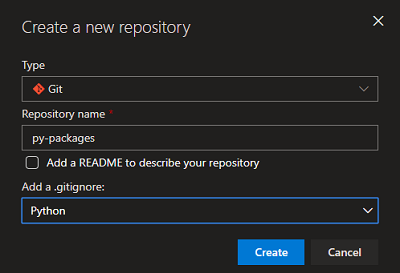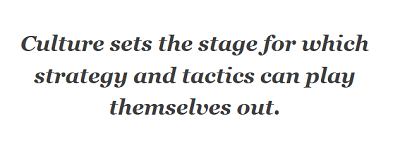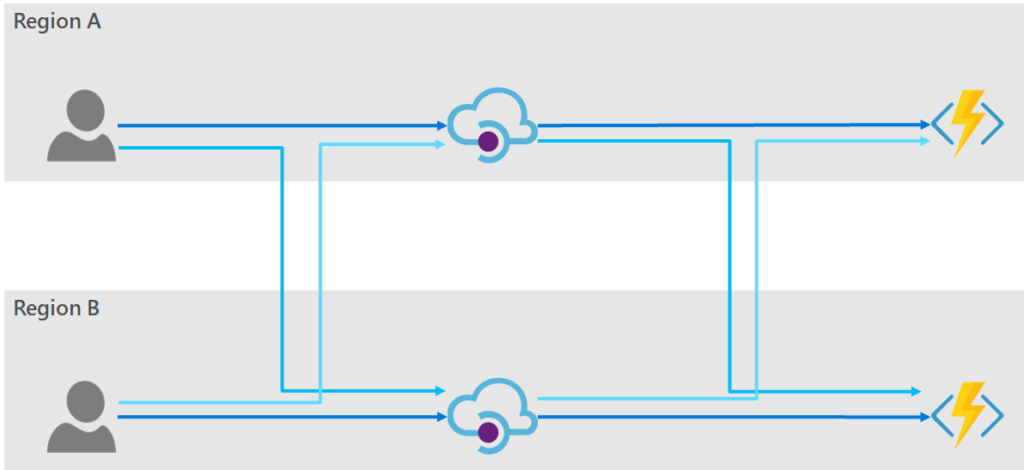


Hosting Python packages in Azure DevOps

DevOps and Culture, part 2

DevOps and Culture, part 1

Tutorial: Run Spring Boot web service in Windows Docker container

Why you should consider VS Code for your Kubernetes/Docker work

People First – The Frequently Overlooked Importance of Culture Change in DevOps Journeys

Beyond “Lift-and-Shift”: Application Modernization with Microsoft Azure

Completing the Redundancy Story of API Manager


 Light
Light Dark
Dark